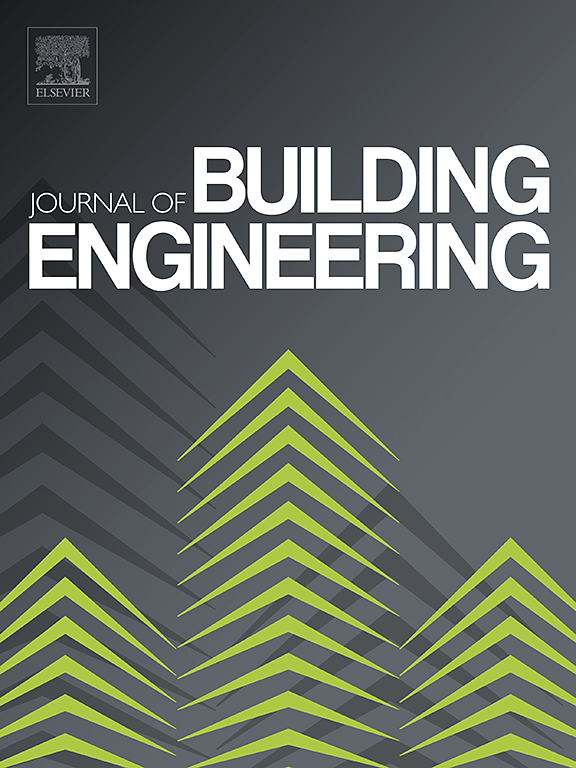Mechanical and seismic performance of lower-through- diaphragm and upper-external-plate connections to wall-shaped multi-box columns
IF 6.7
2区 工程技术
Q1 CONSTRUCTION & BUILDING TECHNOLOGY
引用次数: 0
Abstract
A novel connection with lower-through-diaphragm (LTD) and upper-external-plate (UEP) for wall-shaped multi-box (WSMB) column is proposed in this paper. To evaluate the seismic performance, quasi-static low-cycle loading tests were conducted on three full scale connection specimens, considering the effects of different configurations. The study examined failure modes, hysteretic curves, rotation capacity, strength and stiffness degradation, ductility, energy dissipation, and panel zone deformations. The experimental results indicated that the proposed connection exhibited reliable seismic performance, while the reduced beam section (RBS) specimen showed the best ductility and energy dissipation. The primary failure areas were observed in the sections where the UEP connected the beam flange to the WSMB column. Additionally, a finite element model (FEM) was developed and validated based on the test results, and a detailed discussion on the stress distribution in critical areas was conducted. The box connected to the beam was found bearing a greater load than the others, and the load primarily occurred through the bilateral areas of the UEP and LTD. Also, a parametric analysis was conducted to investigate the behavior of the connection. Theoretical equations for the capacity of connection with and without RBS were derived based on yield line theory. The calculated results closely match the experimental and FEM results, indicating that they are valuable tools for determining the ultimate capacity of connection. Overall, the findings of this research provide a valuable reference for this type of connection.
求助全文
约1分钟内获得全文
求助全文
来源期刊

Journal of building engineering
Engineering-Civil and Structural Engineering
CiteScore
10.00
自引率
12.50%
发文量
1901
审稿时长
35 days
期刊介绍:
The Journal of Building Engineering is an interdisciplinary journal that covers all aspects of science and technology concerned with the whole life cycle of the built environment; from the design phase through to construction, operation, performance, maintenance and its deterioration.
 求助内容:
求助内容: 应助结果提醒方式:
应助结果提醒方式:


